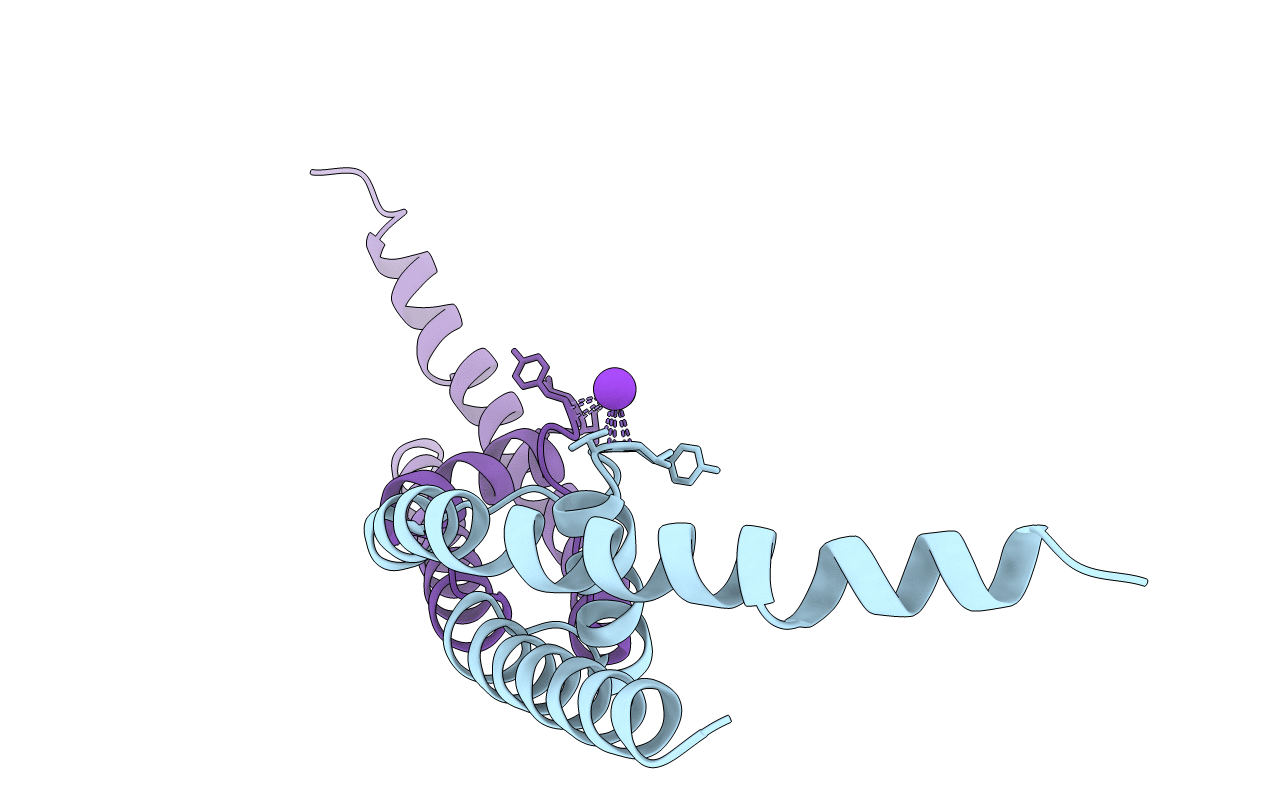
Deposition Date
2011-08-09
Release Date
2011-10-05
Last Version Date
2024-02-28
Method Details:
Experimental Method:
Resolution:
1.75 Å
R-Value Free:
0.22
R-Value Work:
0.20
R-Value Observed:
0.20
Space Group:
I 4


